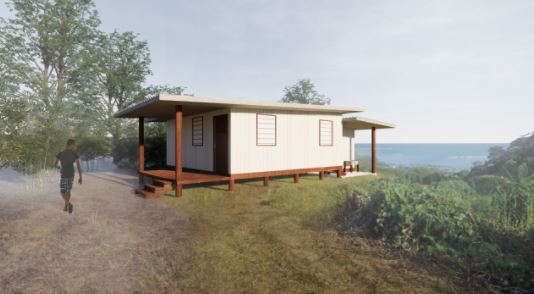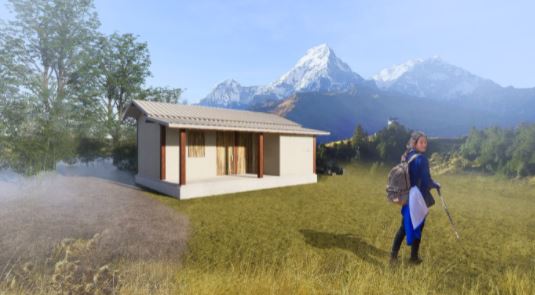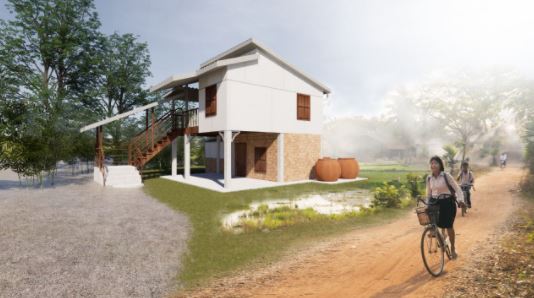Habitat for Humanity arose from the vision that everyone should have access to safe and secure housing. Article 25 of the Universal Declaration of Human Rights states, “Everyone has the right to a standard of living adequate for the health and well-being of himself and of his family, including food, clothing, housing and medical care and necessary social services.” Habitat for Humanity believes that safe and secure housing is the foundation of human dignity and wellbeing.
Habitat for Humanity Australia’s International Program team works with partners in South East Asia and the Pacific to build affordable, culturally sensitive, and disaster-resilient housing that improve the lives of individuals, families, and communities.
There is much to consider when designing housing suitable for a particular country and community. The choice of housing design needs to consider the culture, climate, and hazards of the area. The materials used must be affordable, sustainable, and preferably reusable.
Until recently we have had to look at the architectural and engineering drawings and imagine the finished product until we can visit the actual work overseas. Thanks to the voluntary efforts of architects Mel Malik and Max Engel Wight, we now can see the housing options as 3D renders, bringing to life the architectural blueprints and providing even more meaning and purpose to our work.
Mel and Max produced a series of renders of housing typologies that we use in Vietnam, Cambodia, Bangladesh, Nepal, Myanmar, and Fiji. There are housing options for small to large families, and they are as varied as the cultures they are made for. Some of the housing options are built complete, others are built incrementally with options to add rooms at a later date. The following 3D renders are a small sample of the houses we currently build.
This housing design option for Fiji provides shelter for 4-6 people and is built to be resilient against cyclones and flooding, both prevailing hazards in Fiji, to significantly reduce disaster risks for its occupants as part of our commitment to support climate change adaptation.

This house design option in Nepal can be constructed in 30 days and is engineered to withstand both earthquakes and flooding, preventing the repeat of tragedies like the earthquake of 2015 for many families. It can accommodate between 2-5 people and is built using fast-growing and sustainable locally sourced bamboo.

This housing option in Cambodia is engineered to withstand cyclones and flooding, reducing risk of disasters for inhabitants. This house has three divided spaces, a kitchen, and a bathroom. The house is designed to address multiple community needs, including disability inclusion, disaster risk management and adequate housing for a large family unit.

Each house will become a home for a family, a foundation for a future of stability and self-reliance Thanks again to Mel and Max for providing such beautiful renders of the housing we provide with the people we serve.



